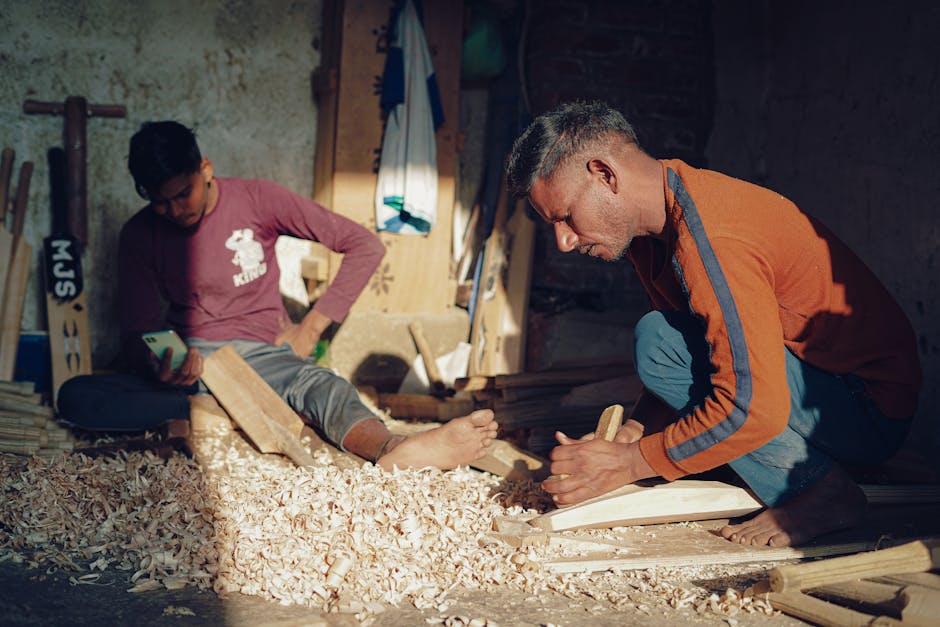Unlocking the Power of Community Design Partnerships
Communities are the heart of society, shaping the way we live, work, and interact with one another. In recent years, the concept of community design partnerships has gained traction as a powerful tool for fostering sustainable, inclusive, and vibrant neighborhoods. But what exactly are community design partnerships, and how do they benefit our communities? In this comprehensive guide, we will delve into the depths of community design partnerships, exploring their origins, applications, challenges, and potential impact on the built environment. Join us on this journey as we uncover the transformative power of collaboration and creativity in shaping the places we call home.
The Roots of Community Design Partnerships

Community design partnerships have their roots in the principles of participatory planning and design, which prioritize community engagement and collaboration in the decision-making process. The idea is simple yet profound: by involving residents, local organizations, and stakeholders in the design and development of their neighborhoods, we can create spaces that reflect the diverse needs, aspirations, and values of the community.
One of the early pioneers of community design partnerships was the architect and urban planner Jane Jacobs, whose groundbreaking work in the 1960s challenged conventional urban planning practices and championed the idea of bottom-up, community-led design. Jacobs believed that successful urban environments are not just the result of top-down planning by experts, but rather the collective vision and effort of the people who live and work in those places.
Empowering Communities Through Collaboration

At the core of community design partnerships is the belief that every voice matters and that the best solutions emerge when diverse perspectives are brought to the table. By engaging residents, community organizations, local businesses, and government agencies in the design process, community design partnerships ensure that projects respond to the unique needs and values of the community.
One powerful example of community design partnerships in action is the Detroit Collaborative Design Center (DCDC), a nonprofit organization affiliated with the University of Detroit Mercy School of Architecture. The DCDC works with communities in Detroit to co-create innovative design solutions for affordable housing, public spaces, and neighborhood revitalization projects. By involving residents in every step of the design process, from brainstorming ideas to implementing projects, the DCDC empowers communities to take ownership of their built environment and shape a more sustainable and equitable future.
Case Studies in Community-Led Design

Across the country, communities are harnessing the power of design partnerships to address pressing social, economic, and environmental challenges. One inspiring example is the Atlanta BeltLine, a transformative urban redevelopment project that aims to connect 45 diverse neighborhoods through a network of parks, trails, and transit. The BeltLine project has been guided by extensive community engagement and input, with residents actively participating in design charrettes, public forums, and design review processes.
Another noteworthy case study is the Dudley Street Neighborhood Initiative (DSNI) in Boston, a community-based organization that has led the revitalization of the Roxbury and Dorchester neighborhoods through a comprehensive approach to community planning and development. By partnering with residents, local businesses, and government agencies, DSNI has successfully implemented affordable housing projects, green spaces, and economic development initiatives that reflect the needs and priorities of the community.
Challenges and Opportunities in Community Design Partnerships

While community design partnerships offer tremendous potential for creating more inclusive and resilient communities, they also present unique challenges and complexities. One of the key challenges is ensuring that the design process is truly participatory and inclusive, with all voices being heard and valued. Community engagement requires time, resources, and skillful facilitation to navigate power dynamics, build trust, and foster meaningful dialogue among diverse stakeholders.
Another challenge is balancing the competing interests and priorities of different stakeholders, including residents, developers, government agencies, and advocacy groups. Design partnerships must navigate these complex relationships and find common ground to advance shared goals for the community.
The Future of Community Design Partnerships
As we look to the future, the role of community design partnerships in shaping our cities and neighborhoods is more critical than ever. Rapid urbanization, climate change, and social inequities are placing new demands on our built environment, requiring innovative solutions that prioritize sustainability, resilience, and equity.
Advances in technology, such as virtual reality and digital design tools, are opening up new possibilities for engaging communities in the design process and visualizing the impact of design decisions. These tools can help bridge communication gaps, democratize access to design information, and empower residents to participate in shaping their built environment.
The Impact of Community Design Partnerships
The impact of community design partnerships extends far beyond the physical spaces they create. By fostering collaboration, trust, and empowerment within communities, design partnerships can strengthen social cohesion, reduce inequality, and build resilience to future challenges. They can also stimulate economic development, attract investment, and enhance the quality of life for residents.
Ultimately, community design partnerships offer a powerful model for reimagining the way we plan, design, and build our cities. By centering the needs and aspirations of the people who inhabit these spaces, we can create more inclusive, sustainable, and vibrant communities that reflect the richness and diversity of the human experience.
Expert Opinions
According to urban planner and author Jeff Speck, “Community design partnerships are essential for creating cities that are not just functional but also beautiful, livable, and equitable. By engaging communities in the design process, we can ensure that our cities reflect the values, aspirations, and identities of the people who call them home.”
Common Misconceptions
One common misconception about community design partnerships is that they slow down the development process and make projects more costly. In reality, involving communities in the design process from the beginning can help identify potential challenges, build consensus, and create projects that are more likely to succeed in the long run.
To Wrap Things Up
Community design partnerships have the power to transform our cities and neighborhoods, one collaboration at a time. By embracing the principles of inclusivity, empowerment, and creativity, we can create spaces that truly belong to the people who inhabit them. Let’s continue to work together to build a more vibrant, resilient, and equitable future for all.




